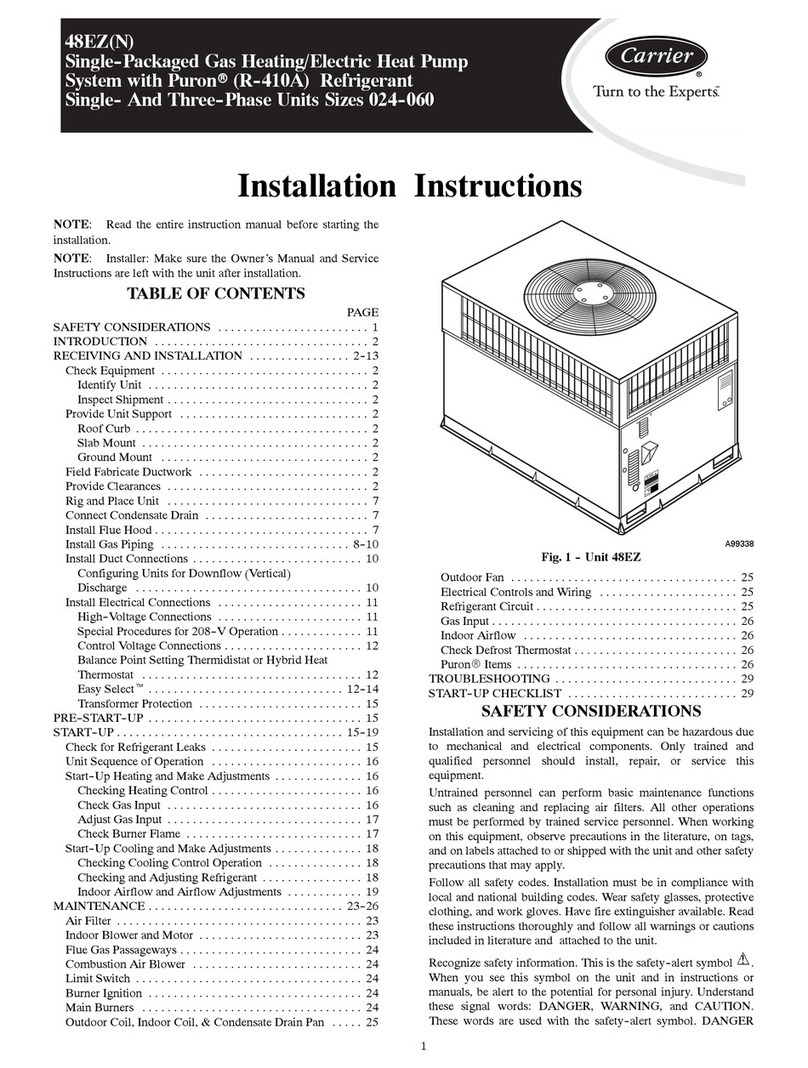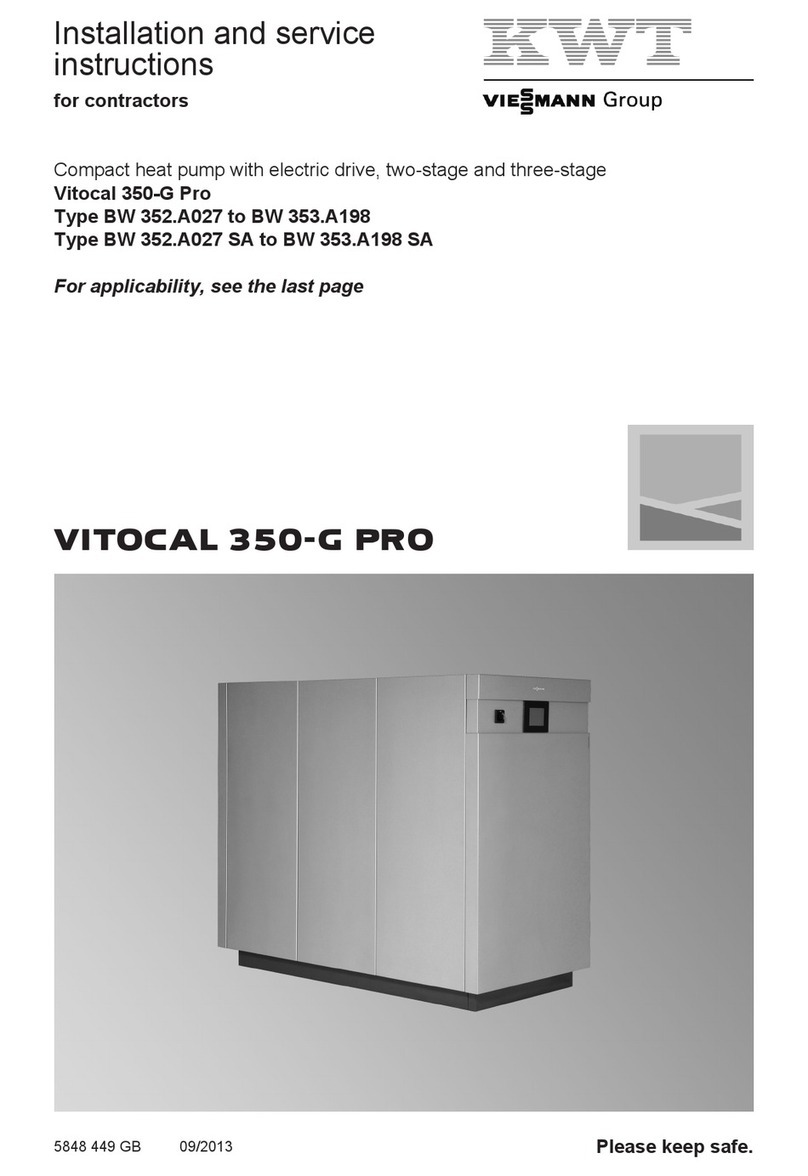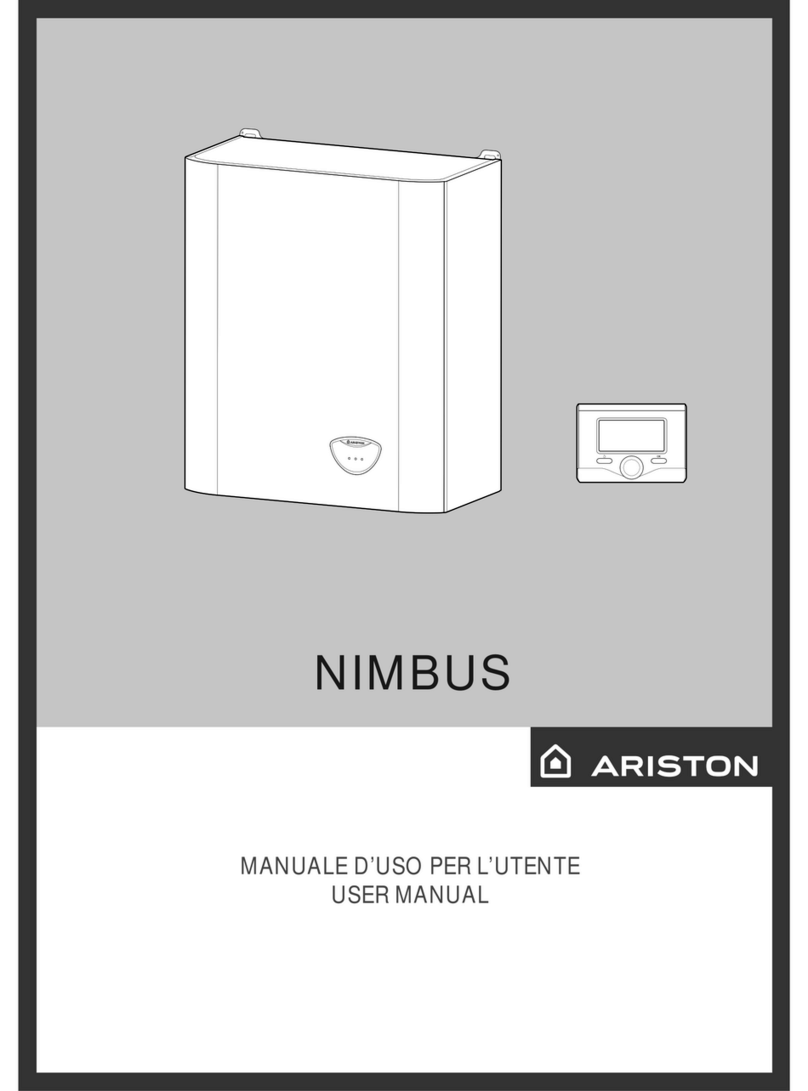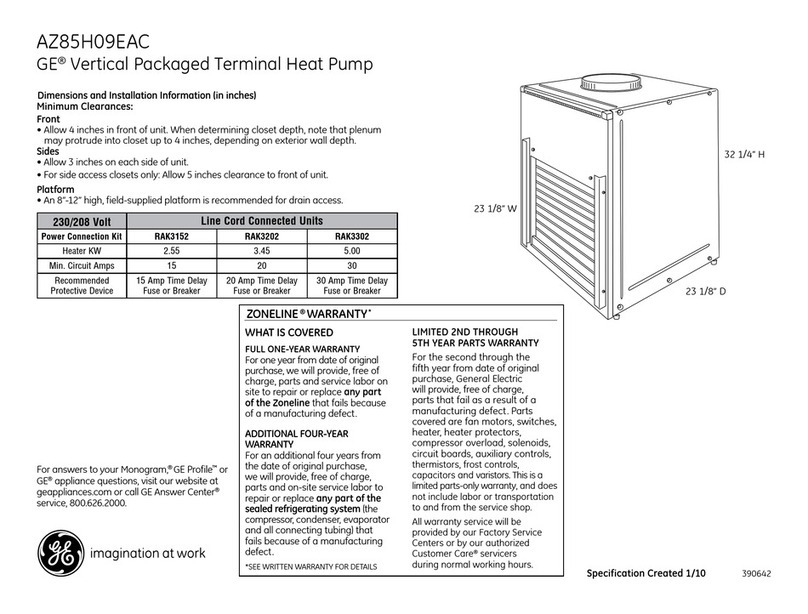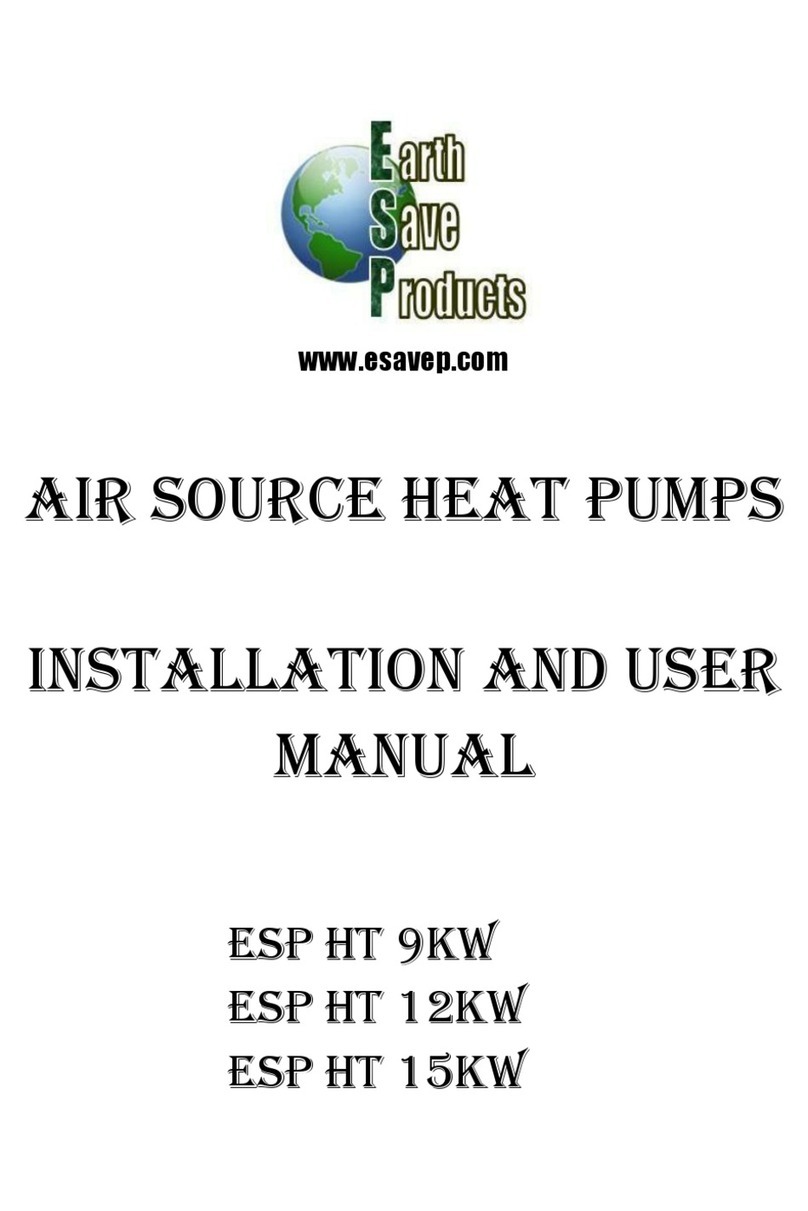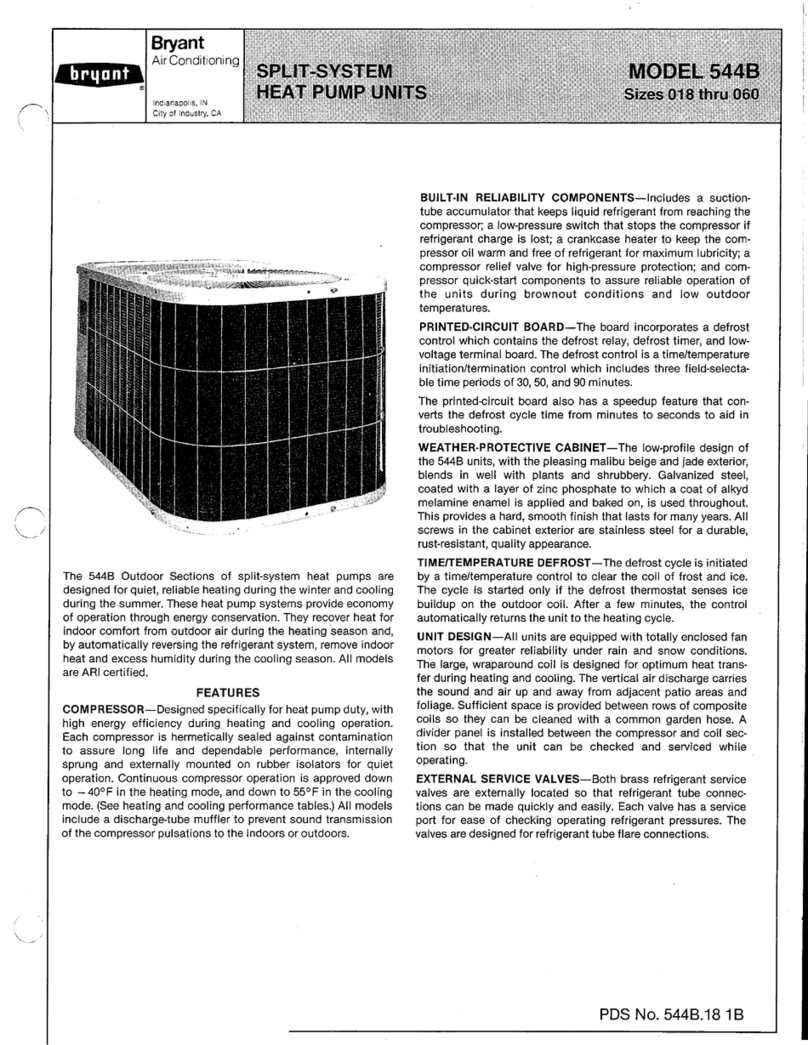
www.esavep.com PASRW060-D-BP
The Varimax 20 unit is MCS Certified and, if you wish to take advantage of
certain funding that may be available, your unit MUST BE INSTALLED BY AN
MCS ACCREDITED INSTALLER –please consult your supplier or ESP should
you require further clarification.
4.3 Emitter system.
The Heat pump must be matched to a suitable emitter system. The
Microgeneration Certification Scheme website offers guidance on pipe
spacing for UFH systems together with sizing consideration for fan coil units
such as the ESP Thermovec and traditional wet radiators can be found.
Please note that, in the case of an UFH system, the floor coverings must be
chosen very carefully to ensure that the heat is not ‘trapped’ in the floor by
laying the wrong floor covering for the individual room heat load. Again,
guidance is available from the MCS website.
5.0 Installation
5.1 Where to use and Where to Site the unit
The Varimax 20 can be used for domestic or commercial premises and
consideration should be given to the following when choosing an installation
site:
The unit must be installed in an outdoor location on a solid base
that can carry the weight of the unit. This can be on the ground, a
roof or balcony. If it is to be installed on a roof or balcony, a steel
frame must be used. Please contact ESP for further details.
The site must be well ventilated but NOT windy.
The site should be away from sources of high heat.
The unit must be sited away from any obstacles to the rear and
sides. There must be enough space around the unit for plumbing and
maintenance works as detailed in the diagram below. Care should
also be given to ensure that any overhead obstacles cannot create a
re-circulating air flow (where air exhausted from the ASHP is sucked
back in).
Further information is included in the section below entitled







